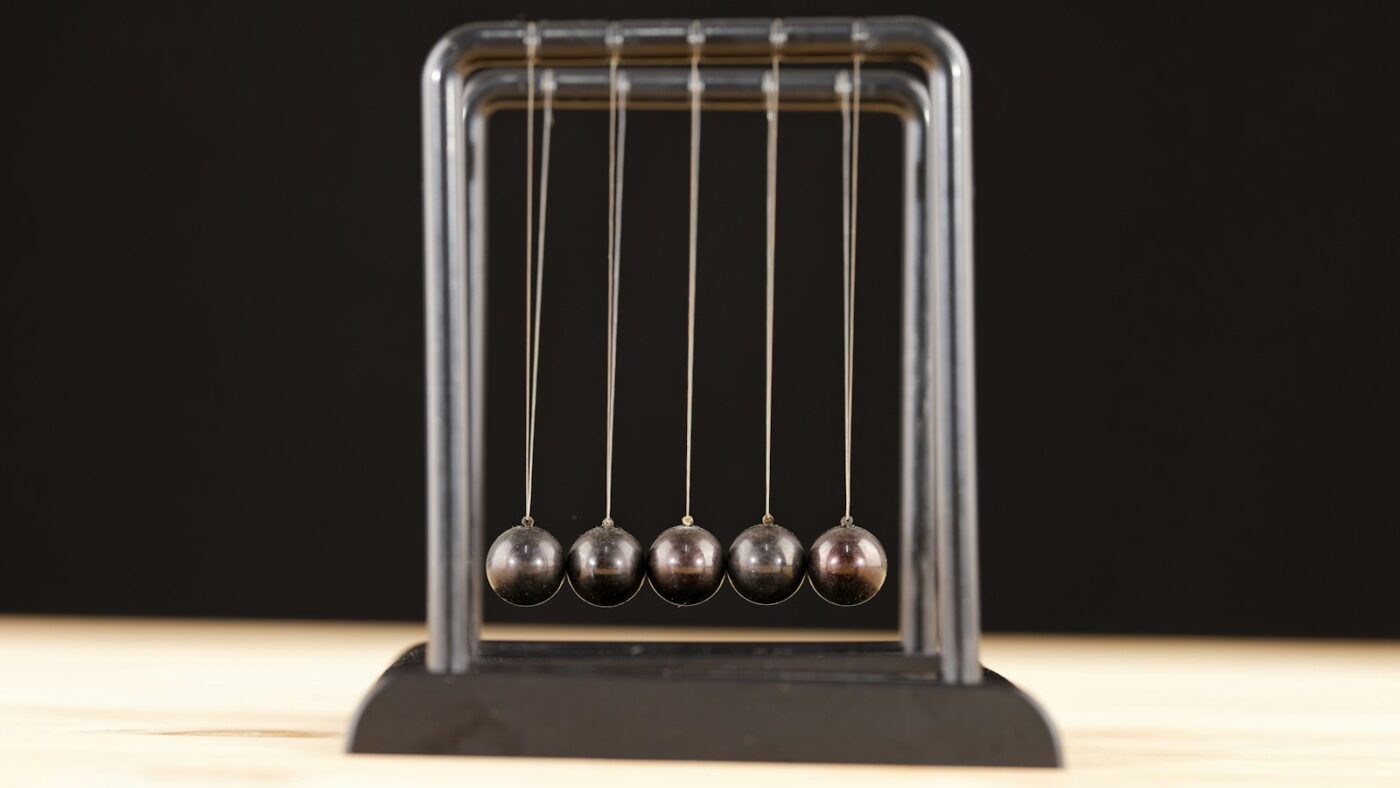Most of us think that even a small object falling from a tall building can be dangerous. In reality, however, coins are an exception. Scientific studies show that a coin thrown from a height does not pose a serious danger to humans. And how is this possible?
Terminal Velocity and Impact of Coins

First, let’s consider the speed at which coins fall. An object gains speed in free fall, but this speed is fixed at a point. This is known as the terminal velocity of the object and depends on factors such as the object’s shape, density and air resistance. For a flat and light object like a coin, the terminal velocity is low. For example, the mass of 1 TL is only 8.3 grams and the corresponding force is around 81 millinewtons. This means that the maximum speed the coin can reach when falling would be around 54 kilometers per hour.
Coin Falls Like a Leaf

A study at the University of Virginia examined the dropping behavior of coins. The researchers dropped some coins into helium balloons and observed how they moved in the wind. The results showed that the coins gently floated to the ground like leaves. This proves that even if the coins fall from a height, they will not cause serious injury.
Kinetic Energy of a Coin

In the light of this information, let’s look at the kinetic energy of the coin. Kinetic energy is directly proportional to the square of the mass and velocity of an object. The small mass of the coin combined with the low terminal velocity results in very low kinetic energy. This energy is not enough to cause serious damage to human skin or skull.
As a result, it is highly unlikely that a coin falling from a high place will injure or kill you. If you are concerned about such events, science can reassure you. Such small risks in your daily life are actually much more controllable and less dangerous than you might think.
Source: Scientific American


